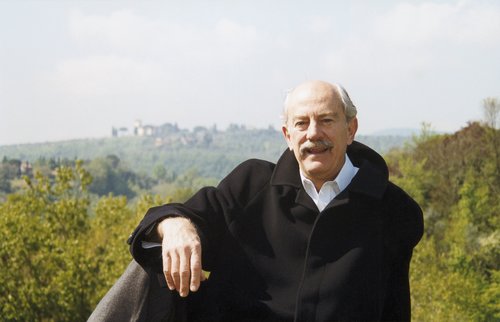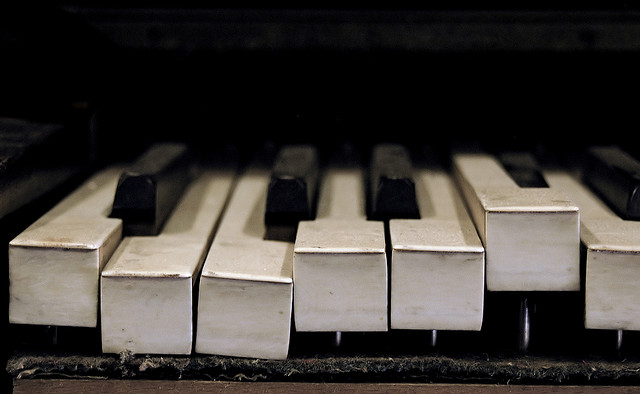Widor’s Toccata
Let’s finish the week with the awesome power of one of the world’s largest pipe organs…the five keyboards, 109 stops, and nearly 8,000 pipes of the grand organ at Notre Dame Cathedral in Paris. Olivier Latry is performing the virtuosic Toccata from Charles-Marie Widor’s organ Symphony No. 5 in F minor, written in 1879. Born into a family of organ builders in Lyon, Widor became assistant to Camille Saint-Saëns at L’église de la Madeleine in Paris at the …





